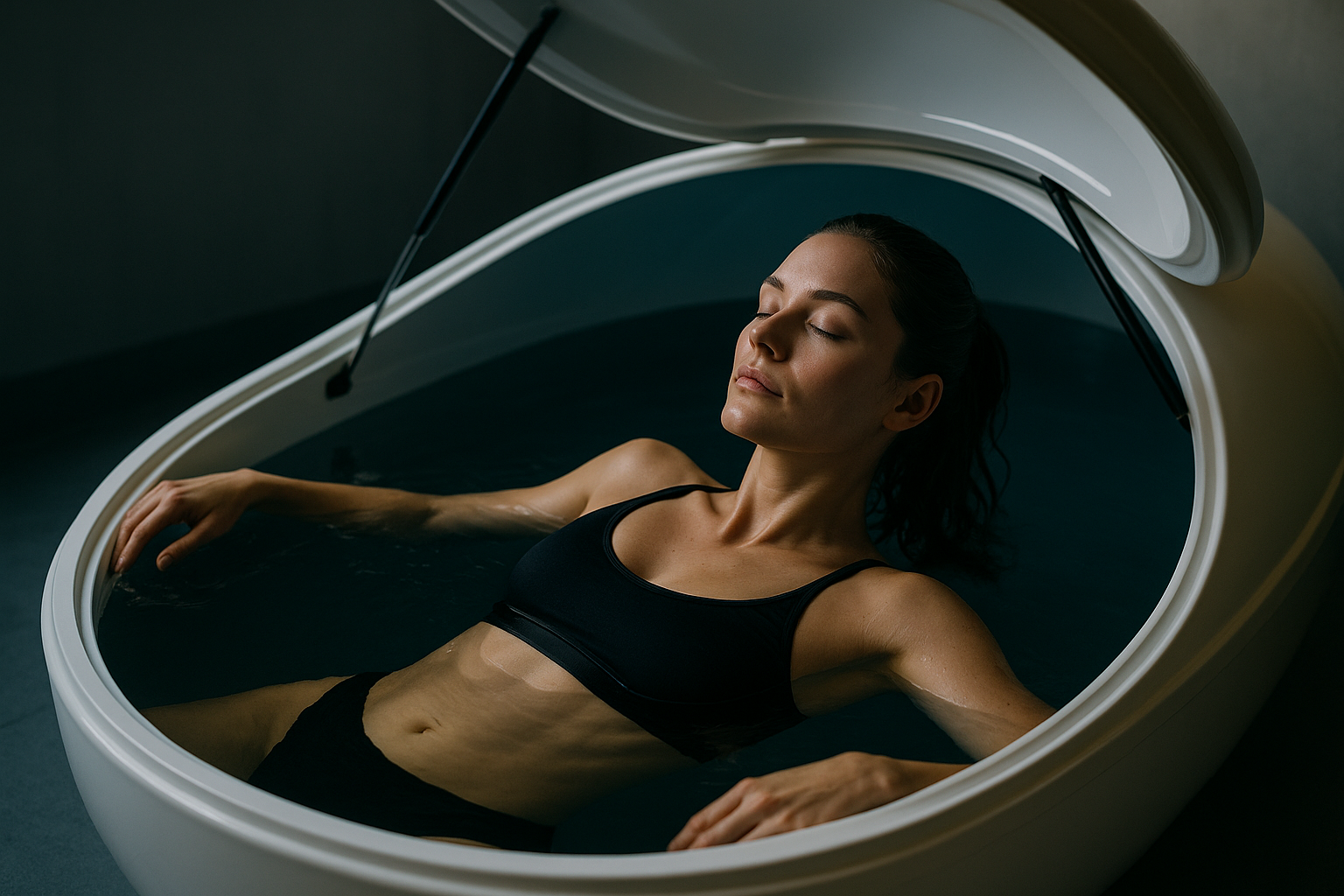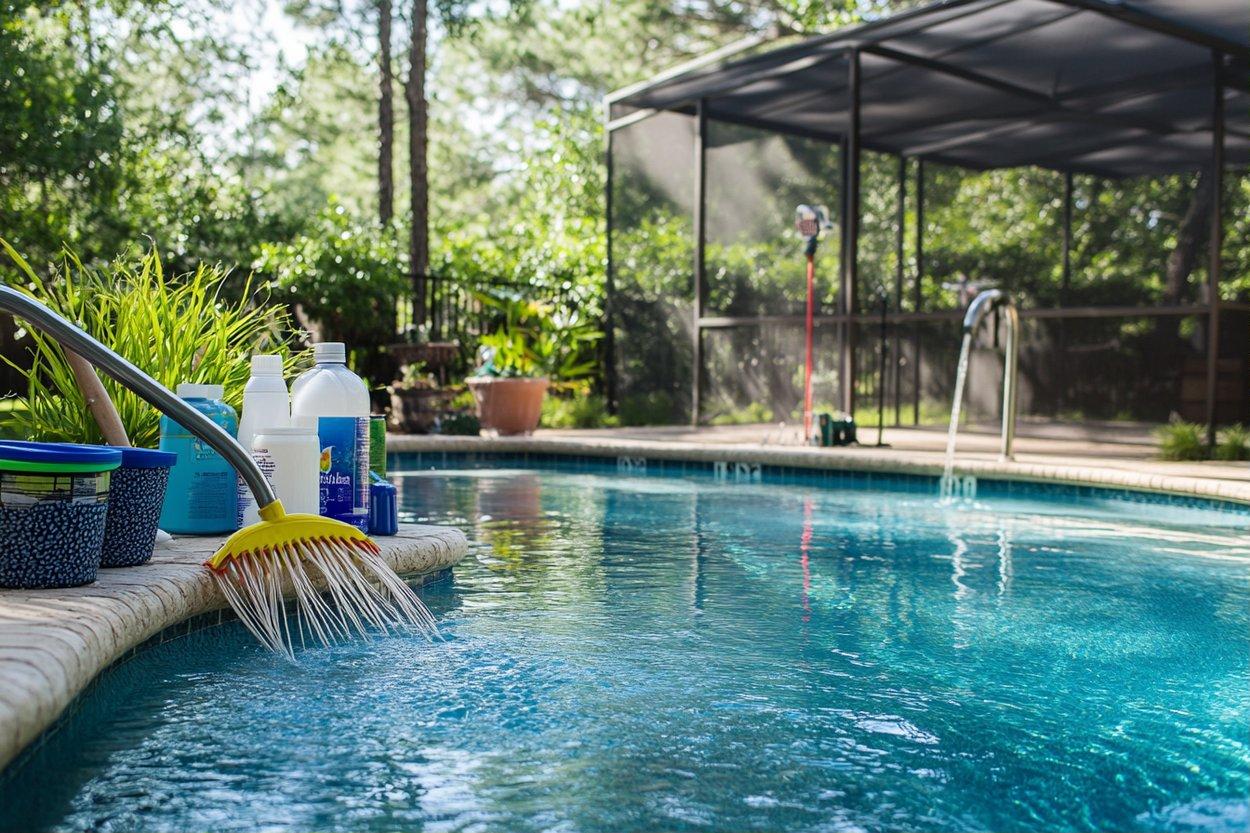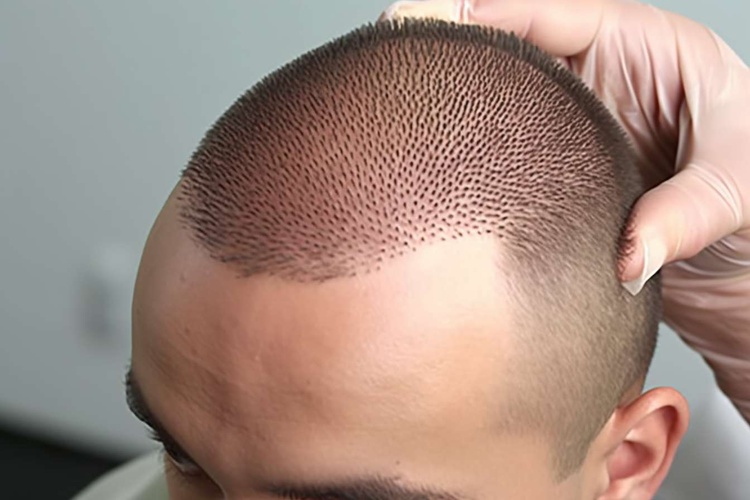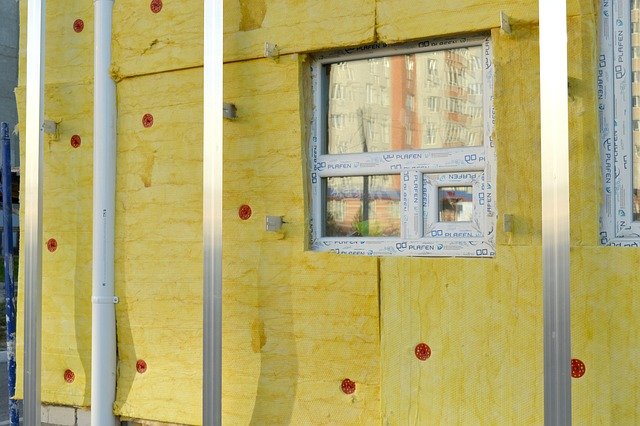The Untapped Potential of Sensory Deprivation Tanks in Beauty and Fitness
The beauty and fitness industry, known for its constant innovation, has recently been embracing the unique benefits of sensory deprivation tanks. Originally developed in the 1950s for scientific research, these tanks are now being recognized for their potential in enhancing mental clarity, physical recovery, and skin rejuvenation. In this article, we dive into the history, current trends, and potential future of sensory deprivation tanks in the beauty and fitness arena.

A Look Back: Sensory Deprivation Tanks in History
The sensory deprivation tank, also known as the isolation tank or floatation tank, was developed by neuroscientist Dr. John C. Lilly in 1954. Lilly’s research focused on consciousness and its interaction with the brain, and he created the tank to isolate the brain from external stimuli. Over the years, these tanks have been used in various fields, including psychology, to study perception and cognition.
Current Trends: Sensory Deprivation Tanks and Wellness
In the last decade, sensory deprivation tanks have found a fresh audience in the wellness industry. The tanks are filled with a solution of water and Epsom salts, creating a buoyant environment that allows for effortless floating. They are soundproof and lightless, offering users a unique opportunity to disconnect from the constant influx of sensory information.
Experts suggest that floating can alleviate stress, aid in muscle recovery, and improve sleep. This has led to a surge in popularity among athletes, who use the tanks to enhance their recovery routines.
Beauty Benefits: Floating for Skin Health
Interestingly, recent studies have also identified potential benefits for skin health. The high concentration of Epsom salts, rich in magnesium, is believed to exfoliate and detoxify the skin, leaving it soft and rejuvenated. While further research is needed to fully understand these effects, early findings suggest that regular floating sessions could be a powerful tool in natural skincare regimens.
Market Relevance: A Growing Industry
The sensory deprivation tank industry has seen significant growth in recent years. A 2019 report from Grand View Research estimated the global float tank market to be worth $12.05 million, and predicted it to grow at a CAGR of 5.5% from 2019 to 2025. This growth is driven by increasing consumer interest in unique self-care practices and growing awareness of the potential benefits of floating.
Looking Forward: The Future of Sensory Deprivation Tanks
Looking ahead, sensory deprivation tanks have the potential to disrupt the beauty and fitness industry. As consumers continue to seek out innovative wellness practices, the demand for floating is likely to increase. Furthermore, as research continues to support the physical and mental benefits of floating, we can expect to see these tanks become a staple in wellness centers and spas worldwide.
In a world where our senses are constantly bombarded, the chance to disconnect and float in silence is a luxury. Sensory deprivation tanks offer a unique opportunity for mental and physical wellness, and their potential in beauty and fitness is only just beginning to be realized. As more people discover the benefits of floating, it’s clear that sensory deprivation tanks are paving the way for a new wave of self-care innovation.




